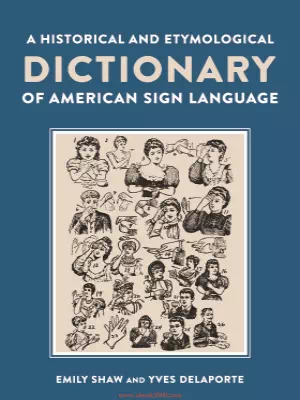Dirty Sign Language Everyday Slang from “What’s Up?” to “F*%# Off!”
Dirty Sign Language Everyday Slang from “What’s Up?” to “F*%# Off!” pdf Dirty Sign Language Everyday Slang from “What’s Up?” to “F*%# Off!” Subsequent time you’re signing with your mates, drop the ASL textbook formality. and begin flashing the indicators they don’t educate in any classroom, together with: cool slang. humorous insults. specific intercourse phrases….
